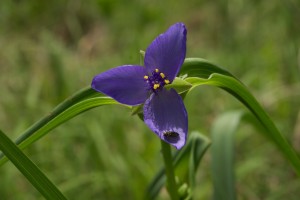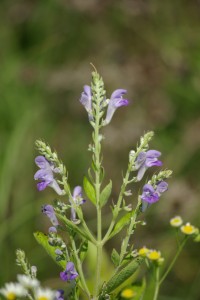Rainbow bridge of bluff lands flowers
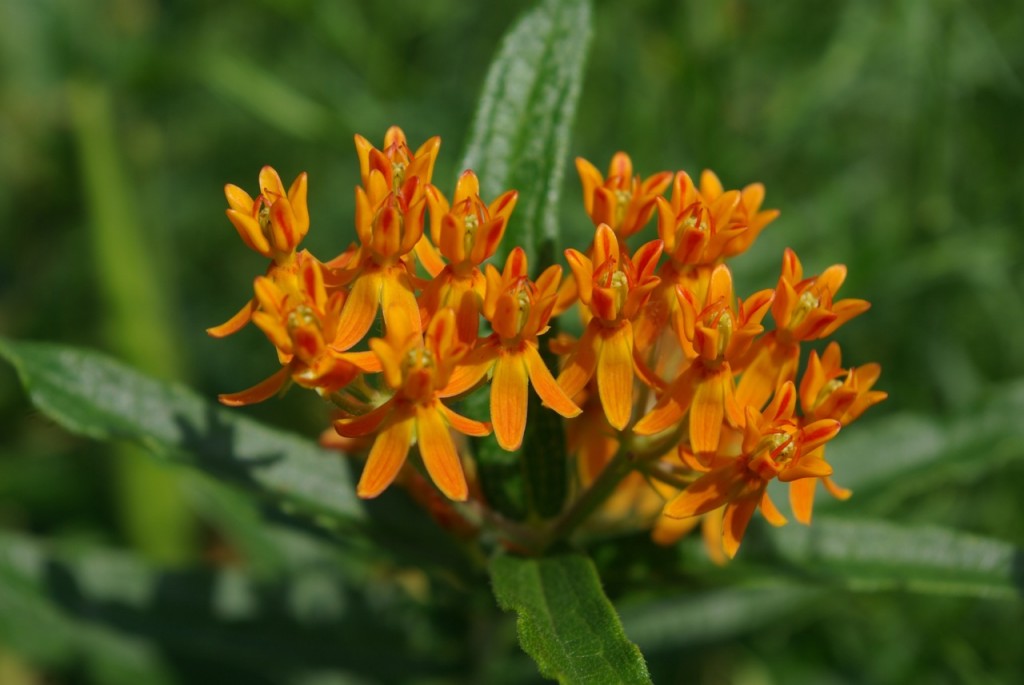
Flowers of butterfly weed (Asclepias tuberosa) show a color range from red to vibrant orange. Pen DauBach, Clifftop.
When, 70 years ago, Judy Garland as Dorothy in the Wizard of Oz, sang the lovely lyrics “somewhere over the rainbow, way up high, there’s a land that I heard of, once in a lullaby” she encapsulated our collective fascination with the magical connectedness between rainbows and our natural world.
Rainbows exhilarate us. Arcing and bridging skyward, commanding the heights with a scintillating kaleidoscope of vacillating colors, rainbows capture our attention and attachment with all things natural.
The rainbow connection runs deep and long in our human psyche. The ancient Teuto-Germanic cultures of northern Europe believed a rainbow bridge, called Bifrost, connected earth to Valhalla. On Judgment Day, the mighty sentinel Heimdall would announce all human and animal travelers as they left the bridge and entered heaven.
North American Native Americans embraced a similar folklore, believing rainbows demonstrated the connection of all living things to the Great Spirit. Many Amerindian cultures demarcated lofty places, where rainbows gathered, as sacred grounds.
Our region’s Native Americans, small clans and extended family groupings of the semi-agricultural, peaceful and loosely knit Illini Confederation — the Cahokia, Tamaroa, Michigamea, Kaskaskia and Peoria — established sacred spots where they frequently observed rainbows. Above the cliff face of our bluff line along the precipitous hill prairie corridor, are necessarily-kept-secret burial mounds and rock carvings, placed there in testimony to a gathering of rainbows.
However, you don’t have to wait for thunderstorms to experience the thrilling magic and beauty of a rainbow bridge from bottomlands to bluff tops, for a cornucopia of differing wildflowers — of every imaginable rainbow hue — festoon the bridge way almost every month of the growing season along our bluffland corridor.
Early June is a wonderful time to make the trek from bottoms to tops, especially if it’s not too hot and not to buggy, as dozens and dozens of different species of wildflowers are blooming. In keeping with the rainbow analogy, seven signature species in the seven primary colors of the rainbow, are sure to be found during a June hike up the blufflands.
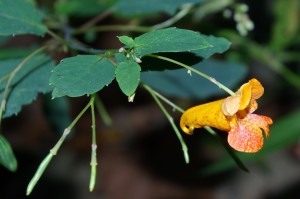
In addition to beauty, jewel weed (Impatiens capensis) offers relief from stinging nettle. Pen DauBach, Clifftop
At the base of the bluffs, along damp ground and creeks, orange Spotted Touch-me-nots (Impatiens capensis) are blooming. More commonly called Jewelweed, this is a plant that every outdoor lover ought to learn to recognize as if offers instant relief from the pain of brushing against a Stinging Nettle plant. Small hairs on stinging nettle release formic acid – the same acid injected by many biting ant species – when touched or even lightly brushed up against. It frequently can be found growing alongside Jewelweed. The sap of the jewelweed plants — just tear off a leaf and rub it on a painful nettle sting – is an instant antidote. Jewelweed sap also is reported to help relive the itch of encounters with poison ivy.
As you hike through the woods up to the bluff tops, shade-loving blue colored Virginia Spiderwort (Tradescantia virginiana) is blooming. A sun-loving look alike relative, Ohio Spiderwort (Tradescantia ohiensis) will also be blooming in the open spaces of the hill prairies. Spiderworts boast beautiful, blue, three-petaled flowers atop foot-tall smooth stems. Each flower only lasts a day, but the plants continue to produce flowers through most of June. Native Americans and early settlers believed the plant juices helped salve and sooth spider bites.
Indigo-colored Downy Skullcap (Scutellaria incana) will likely be blooming in the woods. A 2-3′ tall square-stemmed mint, skullcap flowers have a hood-like upper lip and large flat lower lip. Various species of skullcaps were used as folk medicines in North America, Europe and China; research continues on potentially beneficial chemical compounds found in these plants. And, as with an increasing number of native plants, downy skullcap is poised to take its place as a fine garden ornamental, prized for its ease of care and drought tolerance.
Up on the hill prairies, Butterfly Weed (Asclepias tuberosa) will be blooming. Appropriately named, the orange-to-red-flowered milkweed is a food magnet for bugs and butterflies, especially Monarchs. Native Americans made a root tea from the plant for lung inflammations, a practice continued by pioneer medical doctors who called the plant pleurisy root, believing it able to cure any and all ailments of the chest and lungs.
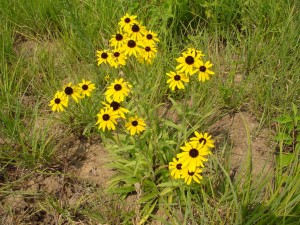
Missouri coneflower (Rudbeckia missouriensis). Martin Kemper, Illinois Department of Natural Resources.
Yellow Missouri Coneflowers (Rudbeckia missouiensis) begin their long blooming season in June. This type of “black-eyed susan” is an Illinois rarity, as it only grows in Monroe and Randolph Counties in our state. Native Americans extracted a yellow dye from a variety of rudbeckias.
The unusual American Agave (Manfreda virginica) should be flowering on the hill prairies in June. The green-flowered succulent produces 6′ tall flower spikes that bend and waft gracefully in the breezes at the very edges of the bluffs. Local Amerindians used the roots for a snakebite remedy, both as an external rub at the site of a bite and as a tea.
The violet-colored flowers of Lead Plant (Amorpha canescens) show themselves in June. The small shrub, which grows in both hill prairies and limestone glades, has lead-gray colored leaflets. Believing that color was a magical indication of soil type, early Euro-American pioneers thought the plant was indicative of lead ore. Tiny lavender-to-violet colored flowers often cover lead plants during the early summer. Native Americans often used dried leaves of lead plant as a rub for wounds or aching joints and also mixed dried leaves with fat for use as a flavoring material when smoking and curing meats.
CLIFFTOP, a local nonprofit organization of landholders, is focused on preserving and protecting area bluff lands.
A version of this article appeared in the May 18 2012 edition of the Monroe County Independent.
© 2012 all content rights reserved Clifftop NFP
Comments are currently closed.

